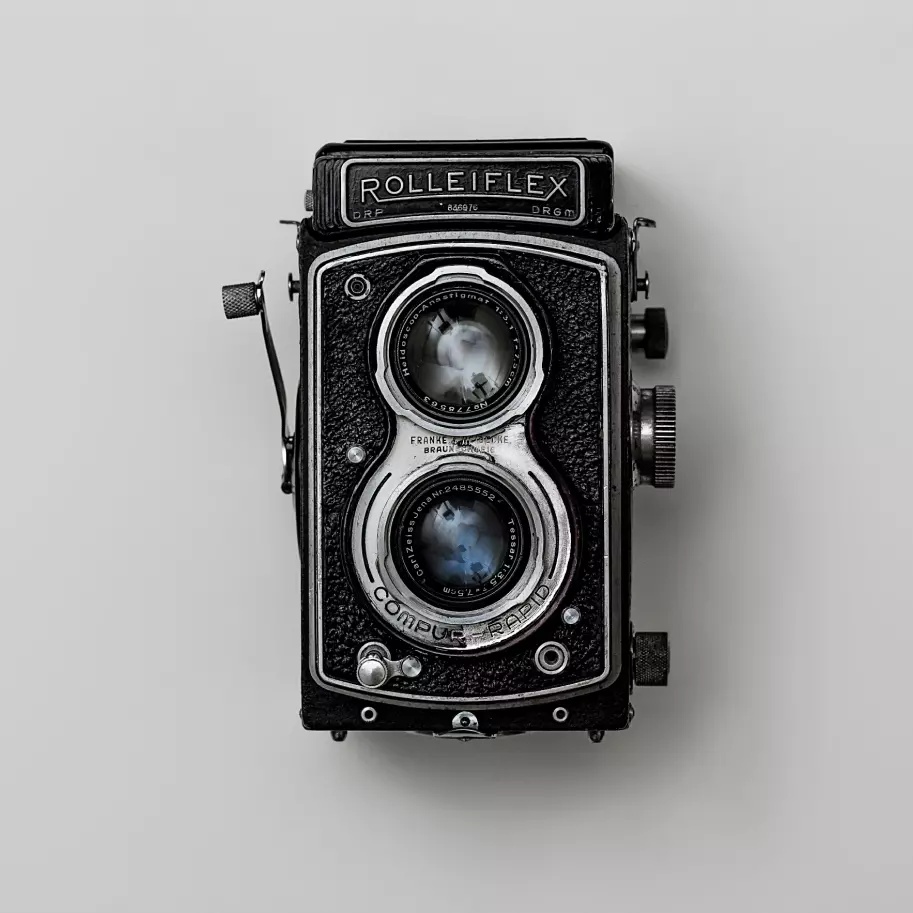Photo Moments on Nostr: The explosion from Castle Bravo over Bikini Atoll in 1954 #history #nuclear Context: ...
The explosion from Castle Bravo over Bikini Atoll in 1954
#history #nuclear
Context:
When the United States tested its first lithium deuteride-fueled thermonuclear weapon on March 1, 1954, the team of scientists behind the test expected an explosion with a yield of 6 megatons. Instead, the detonation was 15 megatons - 1000 times more powerful than the bomb dropped on Hiroshima - inadvertently making it the fifth-largest nuclear explosion in history, and causing serious problems in the area where the test took place.
Bikini Atoll had been selected for the test, having had its native population relocated in the late 1940s in preparation for the creation of a nuclear test zone. When Castle Bravo was detonated on March 1, 1954, the radioactive fallout from the test spread as far as 100 miles (160 km) east of the atoll into areas that were inhabited. In addition a Japanese fishing vessel called Daigo Fukuryū Maru with 23 people on board came into direct contact with the fallout and the crew suffered from acute radiation sickness for weeks afterward. 15 atolls were affected, and residents of some were evacuated 48 hours after the detonation.
Even the test crew took shelter for several hours once they realized the explosion was much larger than anticipated. Trace amounts of radioactivity were recorded as far away as Australia, India and parts of Europe. In the years after the test several Marshall Islanders began to experience health issues, including birth defects and tumors, as a result of the test, and the US government eventually paid them compensation.
The incident caused controversy about nuclear testing in the atmosphere, and eventually the United States, the UK and the Soviet Union agreed to ban tests in the atmosphere in 1963.

#history #nuclear
Context:
When the United States tested its first lithium deuteride-fueled thermonuclear weapon on March 1, 1954, the team of scientists behind the test expected an explosion with a yield of 6 megatons. Instead, the detonation was 15 megatons - 1000 times more powerful than the bomb dropped on Hiroshima - inadvertently making it the fifth-largest nuclear explosion in history, and causing serious problems in the area where the test took place.
Bikini Atoll had been selected for the test, having had its native population relocated in the late 1940s in preparation for the creation of a nuclear test zone. When Castle Bravo was detonated on March 1, 1954, the radioactive fallout from the test spread as far as 100 miles (160 km) east of the atoll into areas that were inhabited. In addition a Japanese fishing vessel called Daigo Fukuryū Maru with 23 people on board came into direct contact with the fallout and the crew suffered from acute radiation sickness for weeks afterward. 15 atolls were affected, and residents of some were evacuated 48 hours after the detonation.
Even the test crew took shelter for several hours once they realized the explosion was much larger than anticipated. Trace amounts of radioactivity were recorded as far away as Australia, India and parts of Europe. In the years after the test several Marshall Islanders began to experience health issues, including birth defects and tumors, as a result of the test, and the US government eventually paid them compensation.
The incident caused controversy about nuclear testing in the atmosphere, and eventually the United States, the UK and the Soviet Union agreed to ban tests in the atmosphere in 1963.

